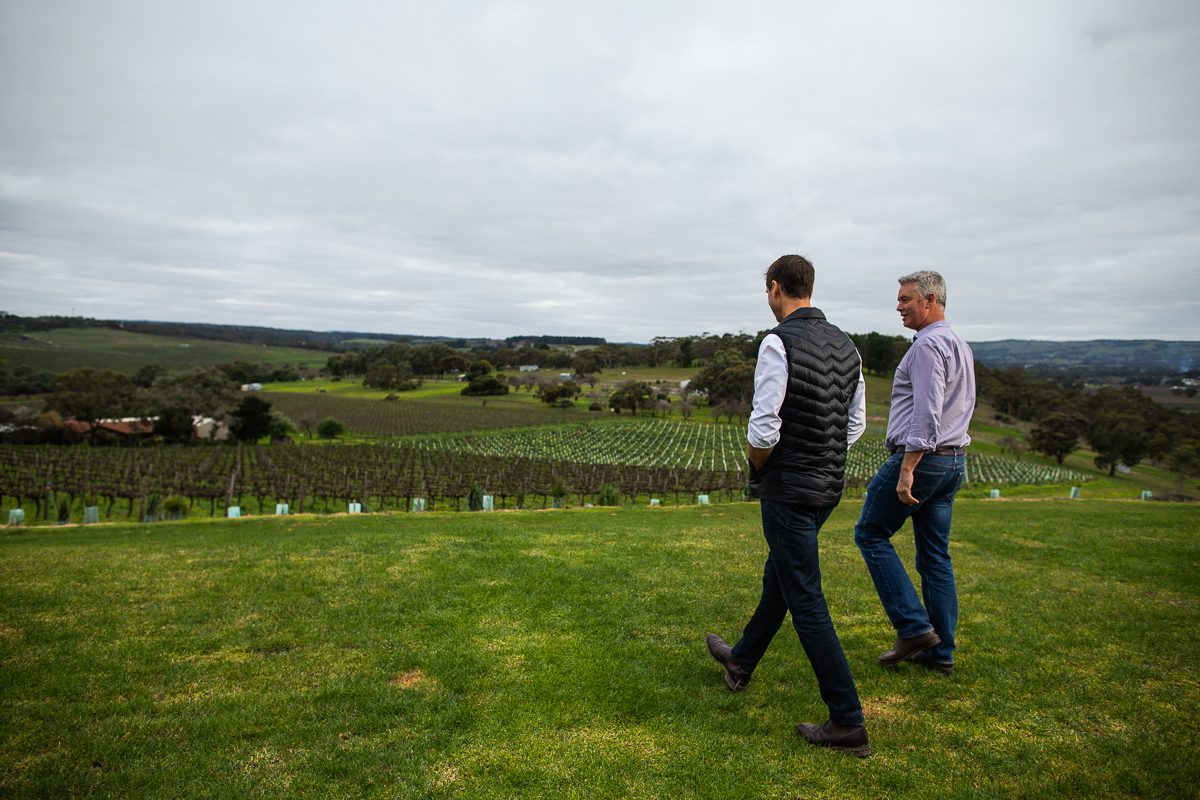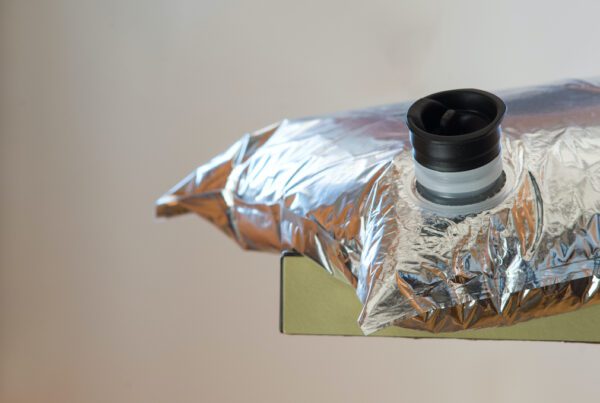
In Early February at the annual Wirra Wirra Ringing of the Bell (which officially launches McLaren Vale’s vintage), the McLaren Vale Geological Project Committee conducted its eleventh annual McLaren Vale Districts Tasting Tutorial.
The attendees learned about the region’s current and ongoing research project into the “Geology of the McLaren Vale Region”.
This is a fascinating exercise to examine and showcase the unique geology of the region.
Over time the project group has drawn up profiles of the geology of the whole region and identified 19 different sub-districts/structures which they have classified as “distinct districts”.
These districts take into account not only geology but also the effects of topography, elevation and climate.
Interestingly, the same distinct profiles can and do appear in more than one area within the region, mainly as a result of geological upheaval which occurred over the millennia.
The group believes that, “McLaren Vale is one of the most geologically diverse wine regions in the world. More than 40 unique geological units are present, ranging in age from less than 10,000 years to over 650 million years.”
The presenting panel explained that for this exercise they had sought 2020 vintage Shiraz samples from producers within each of 15 out of the 19 distinct districts that they had identified on the geological map of the region.
The samples from within each district were evaluated by a panel consisting of winemakers and viticulturists, who blind judged these samples.
Other than “out of whack” samples (too oaky or too thin), the rest were then blended together to create a final “district sample”. As in previous years, they had very few “rejects”.
Having done this, they then selected the six districts (in previous years it was five) that the tasting group considered were the most uniquely expressive to use for the tutorial.
Thus, the six wines we tasted were each a representational sample of the Shiraz from its specific geological district.
The fascinating outcome was that there was an appreciable difference in the flavours and characters of the different wines from the different districts.
For example, the tightest, most austere wine that most needed cellaring came from District 10, while the most forward/ready to drink came from District 17.
This year the districts represented were:
District 3
Very appealing, softer more subtle with a hint of earthiness and gentle tannins – quite an open wine considering its youth.
District 5
Big open bouquet of leaf and celery salt, soft fruity palate with a hint of mint and some peppery characters.
District 9
Earthy dark cherries, freshness on the nose, leaner mouthfeel, grippy, tight finish – the most even palate.
District 10
Earthy, camphor aromas, tight tannin driven wine (highest tannins) needing plenty of time to open up and show at its best – very consistent with the previous vintage from this district.
District 12
Richer dark fruit, more complex bouquet with a good dash of dried herbs, plenty of fleshy fruit on the palate and a hint of leafiness, with a tight, drying finish.
District 17
Less complex, more forward, with a splash of bubble gum, pepper, spice and fennel on the bouquet, mid-weight and very even across the palate, readier to go.
The panel noted that all the samples were clean and expressive with the biggest differences between the wines being mainly in the tannins, and some degree of difference in the structure of the wines.
Committee member Chester d’Arenberg said, “Every single year we can see both the similarities and differences between the districts represented in the samples”. Whereas committee member, Drew Noon, noted that, “The districts show a good degree of consistency year on year.”
Over the years there has been some criticism of having 19 different geological districts, as some people have considered this to be too complex.
The committee obviously disagree and to put this issue into context they pointed out the region of Volnay in Burgundy has 29 communes for the approximately 250 hectares of Pinot Noir that they produce, while McLaren Vale has 19 districts covering the 1,750 hectares of Shiraz that they have – a reasonable comparison.
This is an excellent effort, but what does it all mean?
Well, the aim is to, over time, identify sub-regional characteristics so as to better work with the grapes/wines that a district produces.
This is a serious effort to understand the impact that the geology of the district has on the flavour and wine style of the Shiraz.
So, in the long run, McLaren Vale Shiraz will be much more understandable and explainable to wine consumers around the world, which will assist in raising the awareness and popularity of McLaren Vale Shiraz.
Dan Traucki is a wine journalist and a wine industry consultant specialising in assisting with exports to Asian markets. You can contact Dan at dan@wineassist.com.au.









Recent Comments